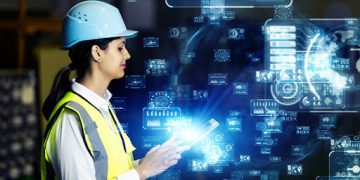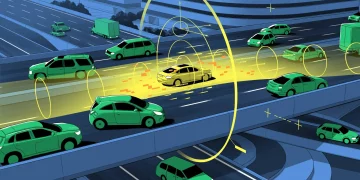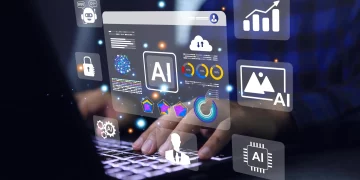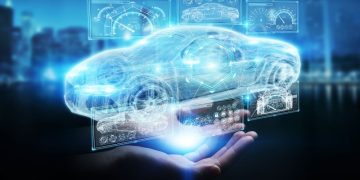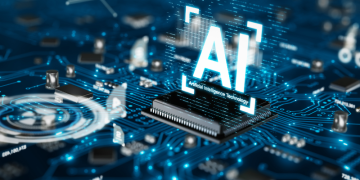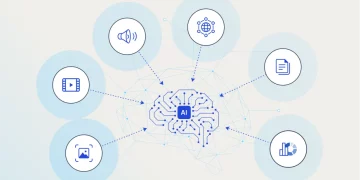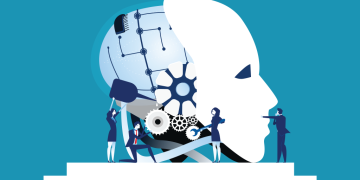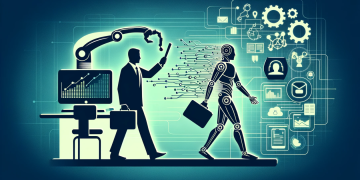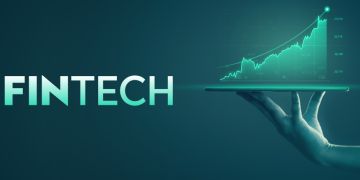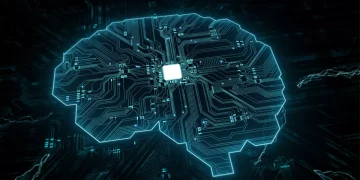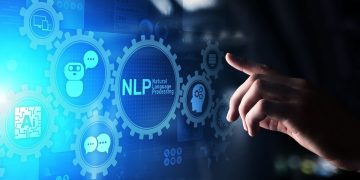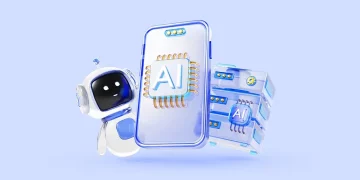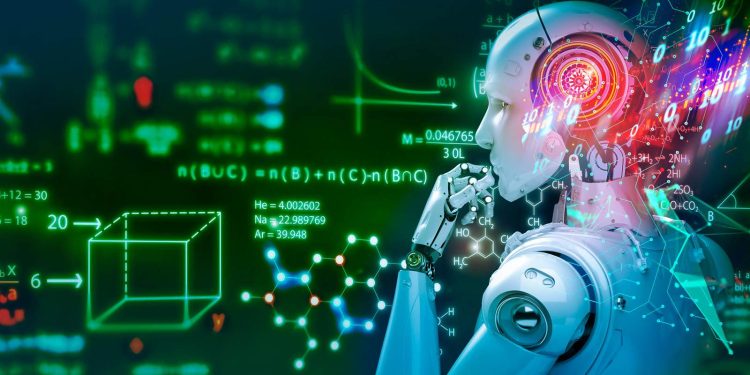The Bottlenecks of Deep Learning: What’s Holding It Back?
Despite the success of deep learning over the past decade, the field faces significant limitations as of 2025. These include:
- Data dependency: Most large models still require vast amounts of labeled or clean data.
- High compute costs: Training frontier models like GPT-4 or Gemini requires hundreds of millions of dollars in compute.
- Lack of reasoning ability: Traditional deep networks often fail in logical deduction, abstraction, or multi-step planning.
- Generalization and transfer issues: Models struggle to apply knowledge across domains or adapt efficiently to new tasks.
As expectations for AI systems rise—from casual assistants to real-world agents—deep learning must evolve beyond brute-force scale.
Breakthrough 1: Self-Supervised and Unsupervised Learning
Self-supervised learning (SSL) has emerged as a major solution to the data bottleneck:
- SSL allows models to learn from unlabeled raw data, like text, images, audio, and video.
- Vision Transformers (ViTs) and multimodal encoders now use contrastive or masked modeling to match or outperform supervised models.
- Meta-learning and in-context learning extend this by enabling models to adapt to tasks on the fly.
In 2025, models trained with SSL are being used in areas with limited labeled data—like medical imaging, industrial inspection, and scientific discovery.
Breakthrough 2: Efficient Architectures and Sparse Computation
New model architectures are reducing the cost and inefficiency of traditional dense transformers:
- Mixture-of-Experts (MoE) architectures activate only a subset of model parameters per input, significantly reducing compute.
- Linear attention and state-space models (SSMs) improve memory and scalability over long contexts.
- Quantization and pruning allow smaller models to retain performance with lower precision and fewer weights.
These advances enable real-time inference on edge devices and reduce energy usage—critical for sustainability and accessibility.
Breakthrough 3: Retrieval-Augmented Generation (RAG)
RAG introduces an external knowledge component to LLMs:
- Instead of memorizing all data, models query a live or static database during inference.
- This improves factual accuracy, enables up-to-date responses, and enhances transparency.
- Systems like GPT-4o, Perplexity AI, and Claude now combine LLMs with retrieval pipelines for hybrid reasoning.
RAG allows smaller models to punch above their weight, reducing the need for ever-larger monolithic models.
Breakthrough 4: Neural-Symbolic Integration
2025 marks serious progress in combining neural networks with symbolic logic:
- Symbolic components handle structured reasoning, mathematics, and formal logic, areas where pure deep learning often fails.
- Hybrid systems are used in robotics, scientific research, and legal analysis, where explainability and precision matter.
- Tools like OpenCog, DeepMind’s AlphaGeometry, and academic projects from Stanford and MIT are leading this push.
This allows AI to reason more like humans—balancing learned intuition with explicit rules.

Breakthrough 5: Continual and Online Learning
Traditional deep learning requires retraining from scratch on new tasks. But continual learning is changing that:
- Lifelong learning systems update incrementally, without catastrophic forgetting.
- Few-shot and zero-shot learning enables generalization with minimal examples.
- In robotics and edge-AI applications, continual learning allows AI to adapt in real time.
This makes AI systems more durable, adaptive, and suitable for dynamic environments like hospitals, warehouses, or battlefield conditions.
Breakthrough 6: Alignment and Interpretability Algorithms
As models grow more powerful, ensuring they behave safely and transparently is crucial:
- Reward modeling, RLHF (Reinforcement Learning from Human Feedback), and constitutional AI allow fine-grained control over model behavior.
- Mechanistic interpretability seeks to understand models at a neuron or circuit level, revealing how decisions are made.
- Guardrails and alignment layers are being built into production systems by Anthropic, OpenAI, and others.
These tools are essential for high-stakes applications in healthcare, law, education, and defense.
Breakthrough 7: Agentic AI and Goal-Oriented Algorithms
2025 has seen a shift from passive models to active agents:
- These AI systems can set goals, make plans, call tools, and reflect on their actions.
- Frameworks like AutoGPT, LangGraph, and OpenAI’s function calling allow LLMs to interact with APIs, search engines, and memory systems.
- Multi-agent systems collaborate to solve complex problems—like coding entire applications or managing logistics networks.
Agentic AI pushes deep learning beyond static tasks into dynamic, multi-step environments.
Impact Across Industries
These algorithmic breakthroughs are redefining core capabilities across sectors:
- Healthcare: AI assists in drug design, diagnosis, and treatment planning using multimodal, continually updated systems.
- Finance: Real-time risk modeling, fraud detection, and algorithmic trading benefit from reasoning and retrieval integration.
- Education: Personalized learning agents leverage continual learning and symbolic reasoning to adapt to student needs.
- Manufacturing and logistics: Vision + reasoning models power robotic automation, defect detection, and adaptive planning.
- Science: AI is used to generate hypotheses, run experiments in simulation, and interpret structured data across biology, chemistry, and physics.
Conclusion: Deep Learning Is Evolving, Not Ending
The age of deep learning isn’t over—it’s entering a smarter phase. Instead of chasing ever-larger models, researchers and companies are finding ways to make AI:
- More efficient
- More adaptable
- More explainable
- And more agentic
These advances aren’t just incremental—they’re paradigm-shifting. The question is no longer whether deep learning will break through its bottlenecks, but how fast—and who will lead the charge.

